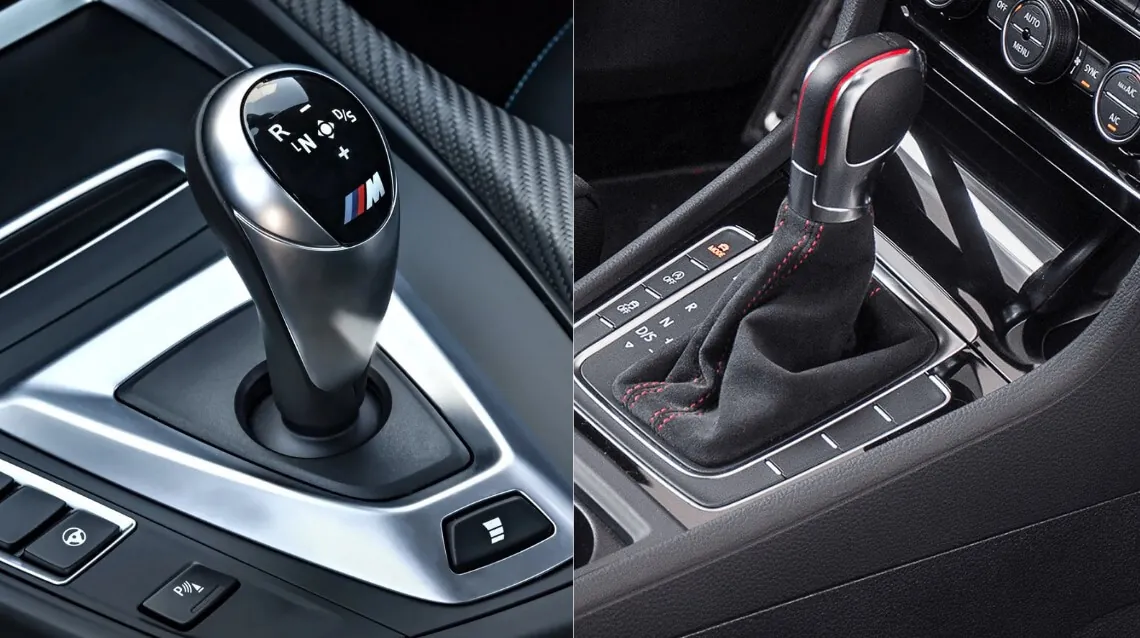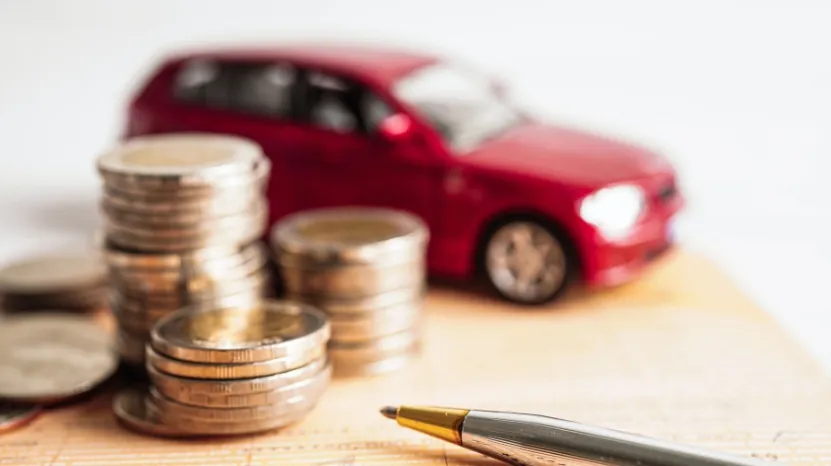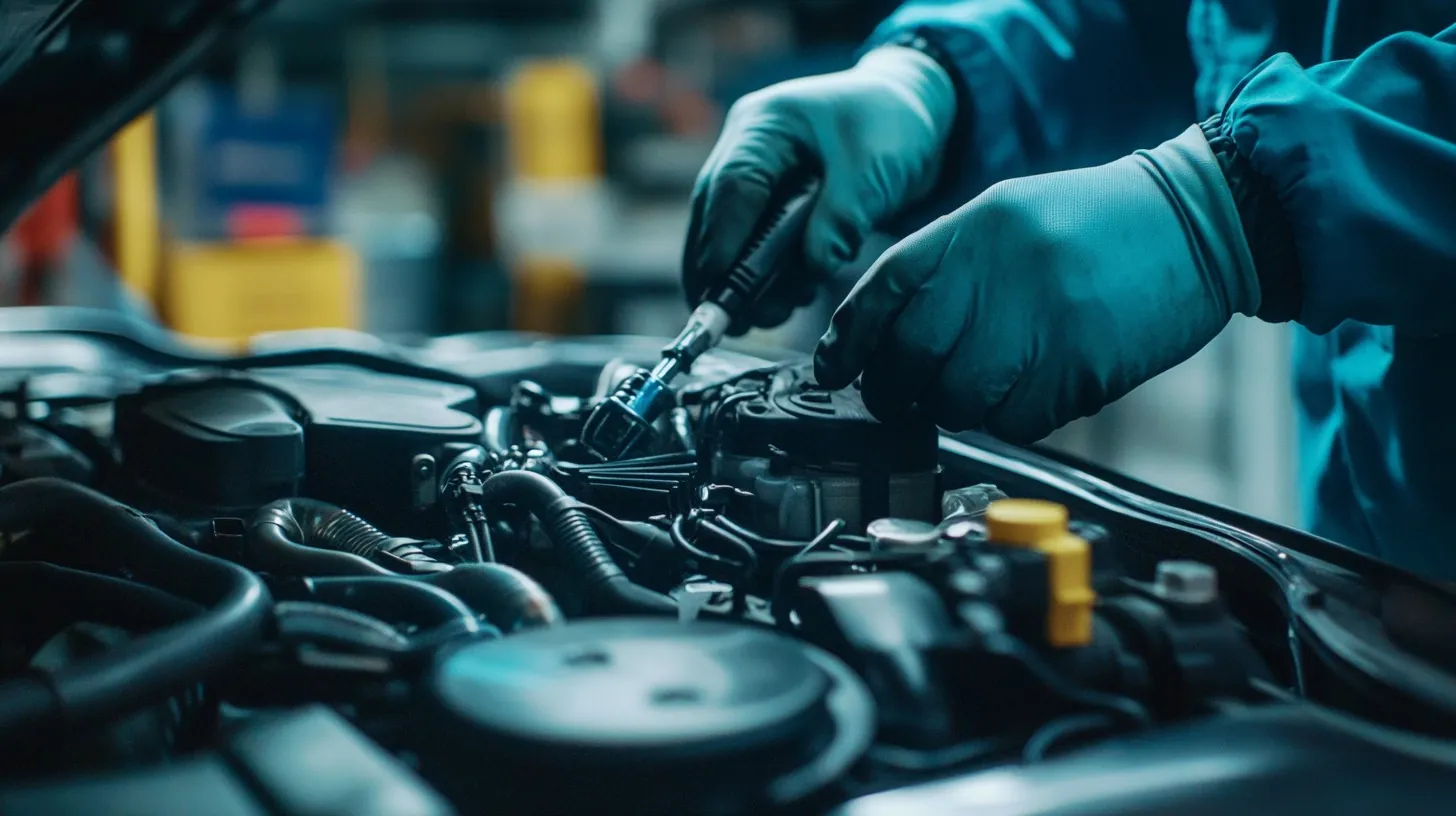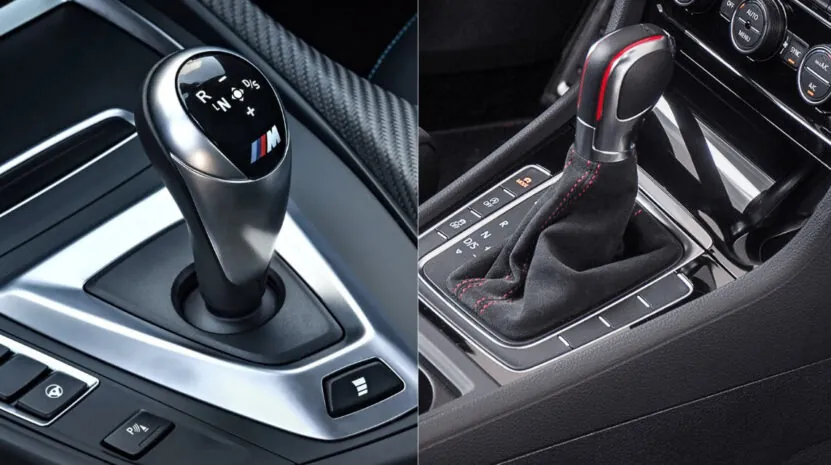
Share Post:
Dual-clutch transmissions have reshaped how drivers experience performance. Both BMW and Volkswagen offer advanced systems that promise lightning-fast shifts and smooth acceleration. Each brand brings its own engineering philosophy, leaving many drivers wondering which one truly delivers the edge in real-world performance.
BMW’s DCT and Volkswagen’s DSG may seem similar on paper, but their differences matter when it comes to driving dynamics and long-term reliability. Routine service plays a major role too, especially when issues arise that require expert clutch repair. That aspect alone can shift a driver’s decision when comparing long-term ownership between the two systems.
This article breaks down every key factor. Power delivery, shift quality, track readiness, and maintenance all come into focus. By the end, you will have a clear understanding of what each transmission offers and which one suits your performance goals.
Table of Contents
ToggleDual-Clutch Transmissions: Core Comparison
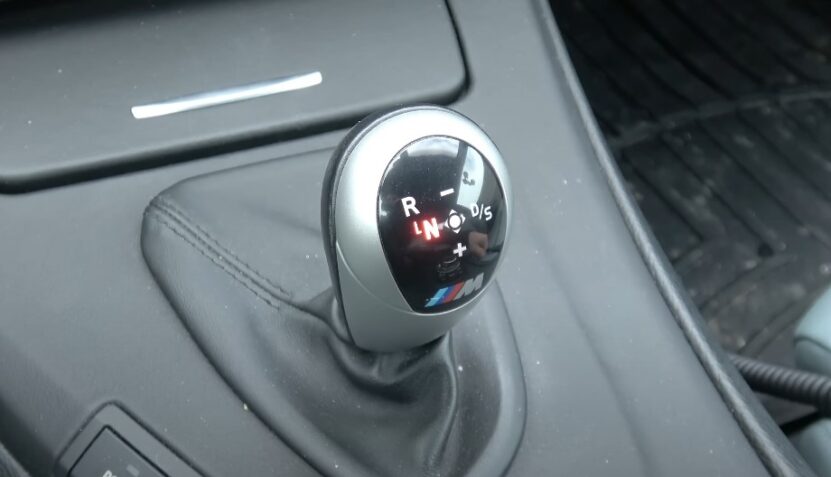
Dual-clutch transmissions rely on two separate clutches to manage odd and even gears independently. That setup allows near-instant shifts without interrupting power flow. Both BMW DCT and VW DSG use this core principle but aim it at very different performance goals. One system leans into aggressive sport driving, the other finds a middle ground between daily comfort and speed.
The first major difference appears in how each system handles gear engagement. BMW tunes its DCT for track feel, with harder, faster shifts that mimic a manual gearbox under pressure. Volkswagen’s DSG softens the edge for smoother transitions in regular traffic but can still deliver quick changes under load. Both succeed in removing the lag often found in traditional automatics, but their tuning choices lead to very different driving results.
Hardware also matters. BMW’s system uses heavier-duty internals and is often paired with rear-wheel drive setups in M-series vehicles. DSG units come in several forms across the Volkswagen Group, ranging from dry-clutch systems for smaller cars to wet-clutch systems for performance models like the Golf R. Each system brings tradeoffs in speed, heat management, and long-term wear.
Here is a side-by-side comparison to show how the two stack up:
| Feature | BMW DCT | VW DSG |
| First Use | BMW M3 E92 (2007) | VW Golf Mk4 R32 (2003) |
| Typical Pairing | Rear-wheel drive, high-output engines | Front or all-wheel drive, various engines |
| Shift Speed | Extremely fast (track-focused) | Fast (balanced for comfort and speed) |
| Driving Feel | Raw, responsive, firm | Smooth, adaptable, sometimes refined |
| Launch Control | Standard in M models | Available in GTI, Golf R, others |
| Common Clutch Type | Wet dual-clutch | Wet (performance) or dry (economy) |
| Software Tuning Options | Widely available, M-focused | Widely available, varies by model |
| Maintenance Frequency | Moderate with aggressive use | Moderate to high depending on version |
| Repair Cost Range (Clutch Work) | High | Medium to High |
| Best Suited For | Track use, spirited driving | Mixed use, practical sport |
BMW DCT: Track Focus and Aggressive Shifts
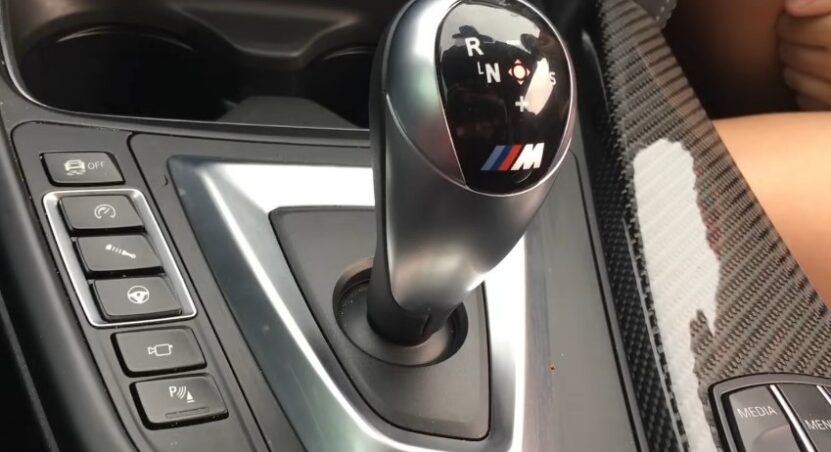
BMW DCT made its debut in the E92 M3 and changed how drivers handled speed. No delay. No lag. Just direct, sharp gear transitions. It came built for the track, not the shopping center.
Most Popular Models
- BMW M2 Competition
Twin-turbo six-cylinder
0 to 100 km per hour in 4.2 seconds
DCT pushes hard under full throttle - BMW M3 F80
431 horsepower
Rear-wheel drive
Known for crisp downshifts and tight launch behavior - BMW M4 GTS
Weight reduction
Track-tuned shift maps
Prioritizes racing inputs over comfort
Driving Characteristics
- Manual paddle input feels instant
- Rear-drive layout gives real road feedback
- Shifts feel aggressive, not soft
- Downshifts stay in powerband without drift
VW DSG: Smooth Power with Broad Use
Volkswagen built DSG to serve a wider crowd. It entered production in the Golf R32 and expanded fast. DSG feels fast, but also clean. It adapts to different engines, sizes, and drive layouts.
Popular Models With DSG
- Golf GTI Mk7
0 turbo engine
Dual-clutch setup that balances traffic and sport - Golf R Mk8
All-wheel drive
Wet clutch for heat control
0 to 100 in 4.7 seconds - Audi S3 (shares DSG)
Quick launch
Controlled shifts in comfort mode
Handles torque without delay
Core Traits
- Available in front or all-wheel drive
- Smooth launch in traffic
- Tuned for daily driving
- Launch control works well under load
VW DSG suits drivers who want speed and comfort. It handles both without extremes. Transmission stays fast without hitting rough edges. For daily use and weekend roads, DSG delivers balance.
DSG is not limited to VW badges. It powers many cars across the larger Volkswagen Group. Skoda uses DSG in models like the Octavia RS and Superb, where it helps deliver smooth yet quick shifts. SEAT also includes DSG in the Leon Cupra and other trims that focus on sport-tuned performance. Audi uses similar units under the S-tronic name in many A and S models, sharing core hardware with VW but using different tuning maps.
Clutch Repair, Reliability, and Maintenance
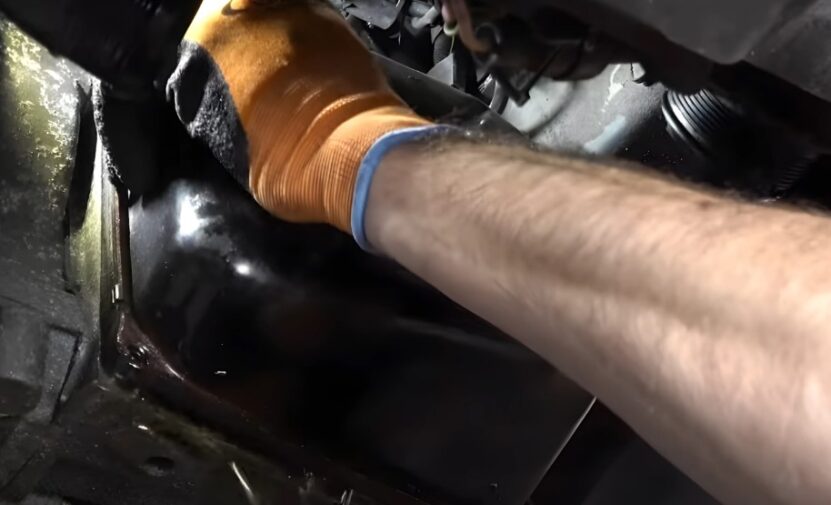
Clutch durability plays a critical role in long-term transmission performance. Dual-clutch systems carry more complexity than manuals or traditional automatics. Heat, pressure, and frequent shifts push clutch packs to their limits. Failure does not always happen early, but when it hits, it costs time and money.
BMW DCT: Strong But Demands Care
- Uses wet clutch packs designed for high torque
- The factory recommends fluid service around 60,000 km under aggressive use
- Labor access can be complex due to rear-drive packaging
- Common in M3, M4, and M2 Competition
- Clutch repair can exceed 4,000 USD, depending on model and region
Owners of the E92 M3 with DCT often report clutch wear around 70,000 to 90,000 km under track-like conditions. Fluid overheating is one of the most common causes of rough shifts and early wear.
VW DSG: Split Between Dry and Wet Units
- Wet clutch types used in Golf R, Audi S3, and Cupra models
- Dry clutch types used in the Polo, Skoda Fabia, SEAT Ibiza
- Fluid service is typically recommended at 60,000 km for wet types
- Dry units often wear faster in urban traffic due to heat and friction
- DSG clutch repair ranges from 1,800 to 3,000 USD
Early DSG versions in the Mk5 Golf GTI faced backlash for jerky shifts under low speed. Volkswagen revised the software and hardware, improving response and reducing clutch strain in newer Mk7 and Mk8 models.
Which One Delivers Better Performance?
Performance must reflect what kind of driving takes priority. Fast shifts alone do not decide the outcome. Power delivery, control under load, and drivetrain balance all shape how a car responds when pushed.
BMW DCT: Built for Hard Launch and High-Speed Pull
- M4 GTS does 0 to 100 km per hour in 3.8 seconds
- DCT holds gears longer under throttle, keeping RPM in peak range
- Rear-wheel drive layout supports weight shift and grip on exit
- Downshifts timed with engine braking for sharper corner entry
VW DSG: Fast with Flexibility Across Layouts
- Golf R Mk8 with DSG does 0 to 100 in 4.7 seconds
- DSG adapts to both daily use and launch-control sprints
- Torque split across all-wheel systems improves grip in varied conditions
- Software tuning available to tighten shift maps
Audi S3, with DSG and Quattro, performs well in wet or mixed surfaces. Drivers report fast launch with no wheelspin and strong mid-range punch. It lacks the snap of a BMW DCT but holds pace in most straight-line tests.
Final Words
Dual clutch systems changed how modern cars deliver power. Both BMW DCT and VW DSG prove that quick shifts and strong response can work without a manual. Each system serves a clear purpose.
BMW DCT suits high speed control and sharp track feedback. VW DSG works best in mixed use cars that need both comfort and pace. Drivers must focus on what they need most, pure response or flexible power.
No wrong answer exists. Only the better fit. Know the goal. Match the car. The right transmission choice becomes clear.
Related Posts:



